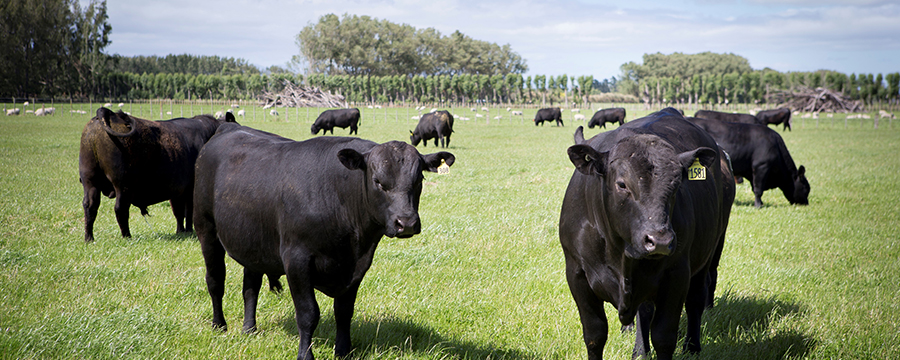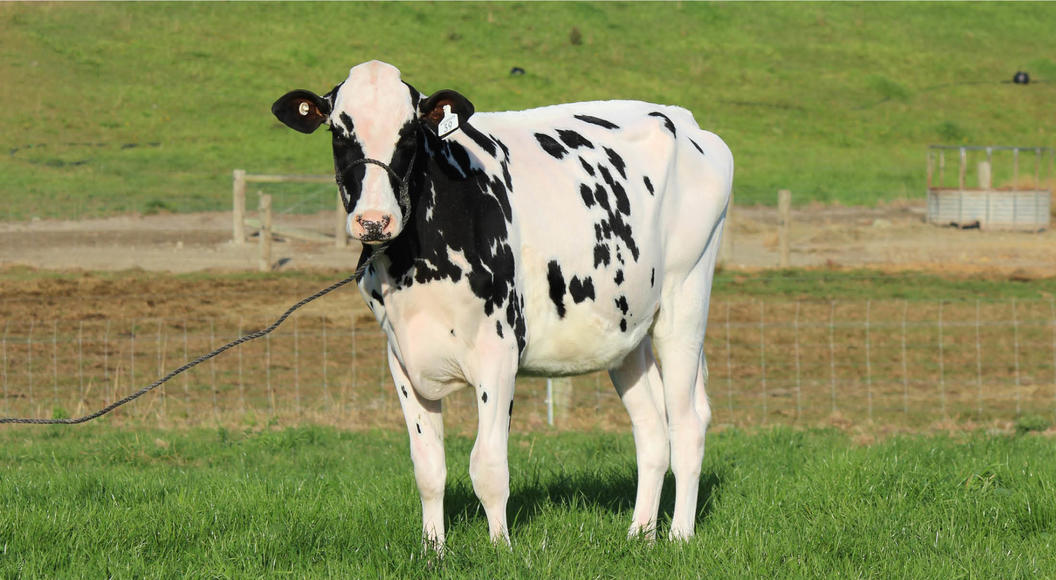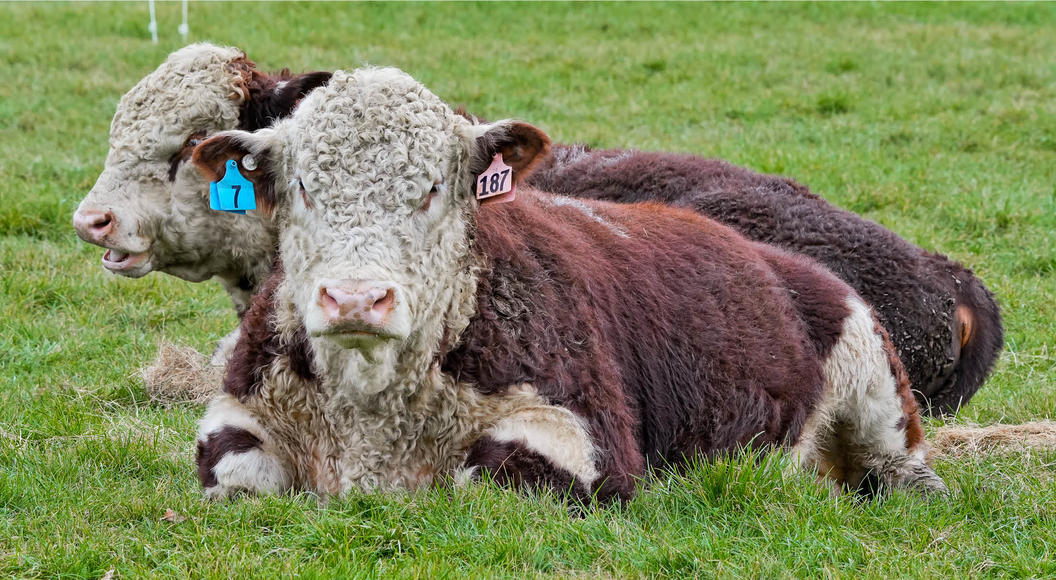
South Island farmers eye climatic conditions through spring cattle sales
Spring cattle sales in the South Island have started with plenty of cattle coming on to the market, particularly in those areas where dry conditions have sent warning signals to farmers wary of a repeat of last year’s drought.
PGG Wrightson South Island Livestock Manager Shane Gerken says traditional beef cattle are particularly sought after.
“This year’s Cheviot Spring Cattle Sale, in early October, was a prime example. Strong demand for traditional cattle was evident. Pending weight, steers sold anywhere between $3 and $3.30 per kilogram, while heifers sold in the $2.70 to $2.90 per kilogram range, with well-bred Angus heifers changing hands for breeding.
This year the buoyancy the market experienced over the past two years has deflated, due mainly to feed conditions and caution around the market outlook. In those areas beginning to dry out, particularly North Otago and South Canterbury, where the winter has been mild and the north west wind is already prevailing, farmers are particularly cautious around how the rest of the season will proceed.
“Meanwhile, the bottom half of the South Island has been wet and cold. In Otago and Southland the usual buying power of local farmers has been delayed as they bide their time for the grass to start growing before seriously entering the market for stock.
That may not be too far away as late September’s severe winter weather appears to have passed by with minimal lingering effects,” he said.
While traditional beef cattle have been well sought after, cattle with a dairy base have been discounted.
PGG Wrightson Livestock National Genetics Manager Callum Stewart says yearling bulls have sold well.
“Eighty per cent through the 2020 yearling bull sale season, we are achieving excellent clearances and highly satisfactory values. Stock numbers have increased on previous years, with animals in fine shape, reflecting the mild winter, also the hard work put in by breeders to raise these bulls,” he said.


